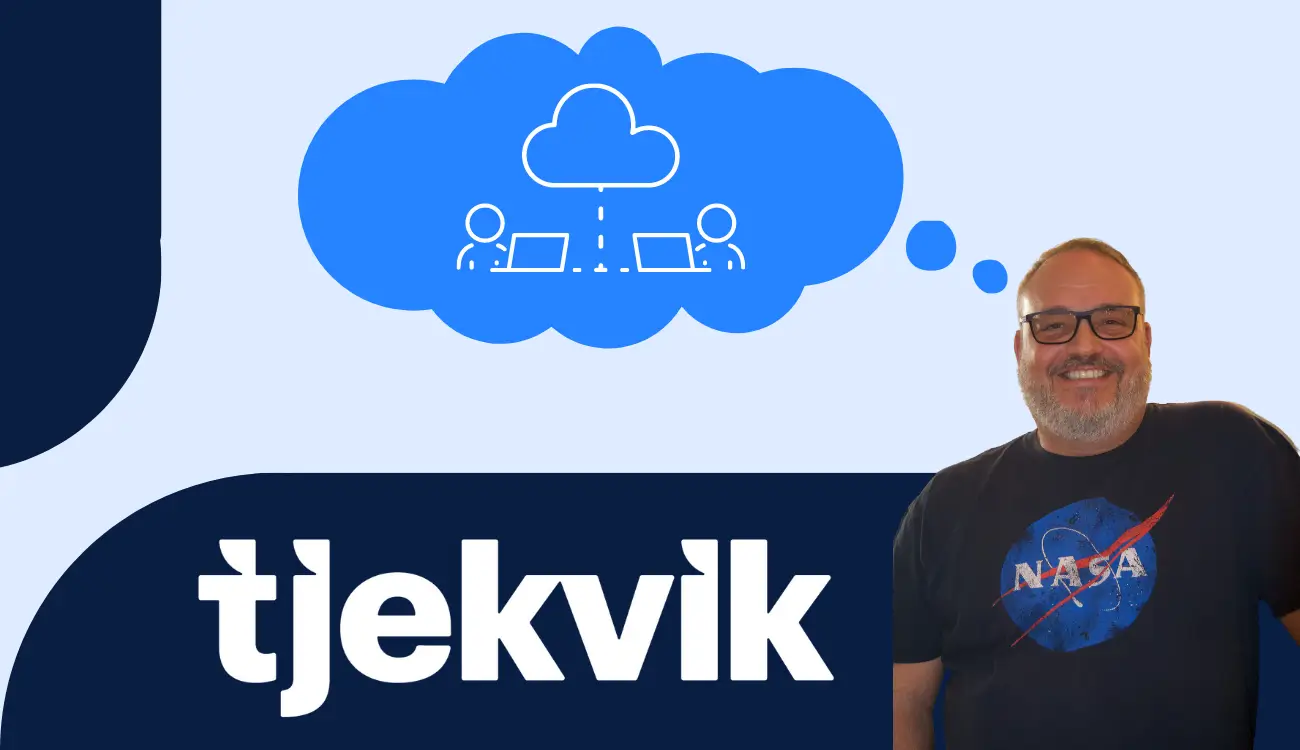In today’s digital landscape, remote work has become increasingly prevalent. Tjekvik, like many other companies, embraced a remote-first approach. For our engineering team, this presents unique challenges and opportunities. In this article, Didier, the CTO of Tjekvik, shares his experience in leading a remote-first engineering department. We will discuss work-life balance, effective time management, maintaining team cohesion, successful project implementation, and scaling the technology infrastructure.
Work-Life Balance and Effective Time Management
It is key to respect the engineers’ creative time and focus. In a remote team, where communication is not instant, Didier advises against expecting immediate responses to messages, “When you have a remote team, don’t expect to have an answer within 30 seconds of your last Slack message.” Asynchronous communication is an important principle, allowing team members the flexibility to balance personal responsibilities while still delivering results. However, Didier highlights the need for discipline and self-awareness, stating, “If you have focus issues or motivation issues, it’s crucial to discuss them transparently with your manager.” This open dialogue helps address any challenges and ensures that everyone has the necessary support to maintain productivity and work-life balance.
Maintaining Team Cohesion
Creating a sense of belonging and preventing isolation within a remote engineering department is a priority for Didier. To foster connectivity, Tjekvik organises regular team events and gatherings, both in person and virtually. These events provide an opportunity for team members to engage in informal conversations and build personal connections. Furthermore, Tjekvik utilises virtual coffee sessions, where team members are randomly paired for casual conversations, mimicking the spontaneous interactions that occur in physical offices. Didier also emphasises the importance of video meetings, “Today, nothing will replace the expressions that we have on our faces when we are on calls. It’s close to being in personal, physical communication.” Regular video meetings enable team members to maintain bonds and effectively collaborate despite the remote setting.
Successful Project Implementation
There are a number of challenges in leading projects remotely, especially when developing breakthrough technologies or introducing new features. Didier emphasises the significance of precise documentation and alignment within the team. “There must be no place for misinterpretation. Your documentation must be more accurate, or more detailed, to make sure no one can interpret it in their own way.” Clear and detailed documentation helps eliminate ambiguity and ensures that all team members have a shared understanding of the project goals and requirements. Didier also highlights the importance of effective testing, clear communication, and close collaboration between developers and testers. Regular communication channels, such as daily stand-ups and dedicated project management tools, are essential for maintaining transparency and progress tracking.
Scalability and Optimal Performance
To accommodate a growing customer base while maintaining optimal performance, Didier believes in a preventive approach. The engineering team at Tjekvik focuses on discussing potential issues proactively and utilising monitoring tools to identify and address performance bottlenecks before they impact users. Didier states, “We need to think about those measures. That’s what I’m calling the prevention before it fails.” By closely monitoring the platform and implementing preventive measures, such as load testing and performance optimisation, Tjekvik aims to provide an exceptional customer experience even as its user base expands.” This proactive approach helps maintain the stability and scalability of the technology infrastructure, ensuring a seamless user experience in remote-first engineering departments.

